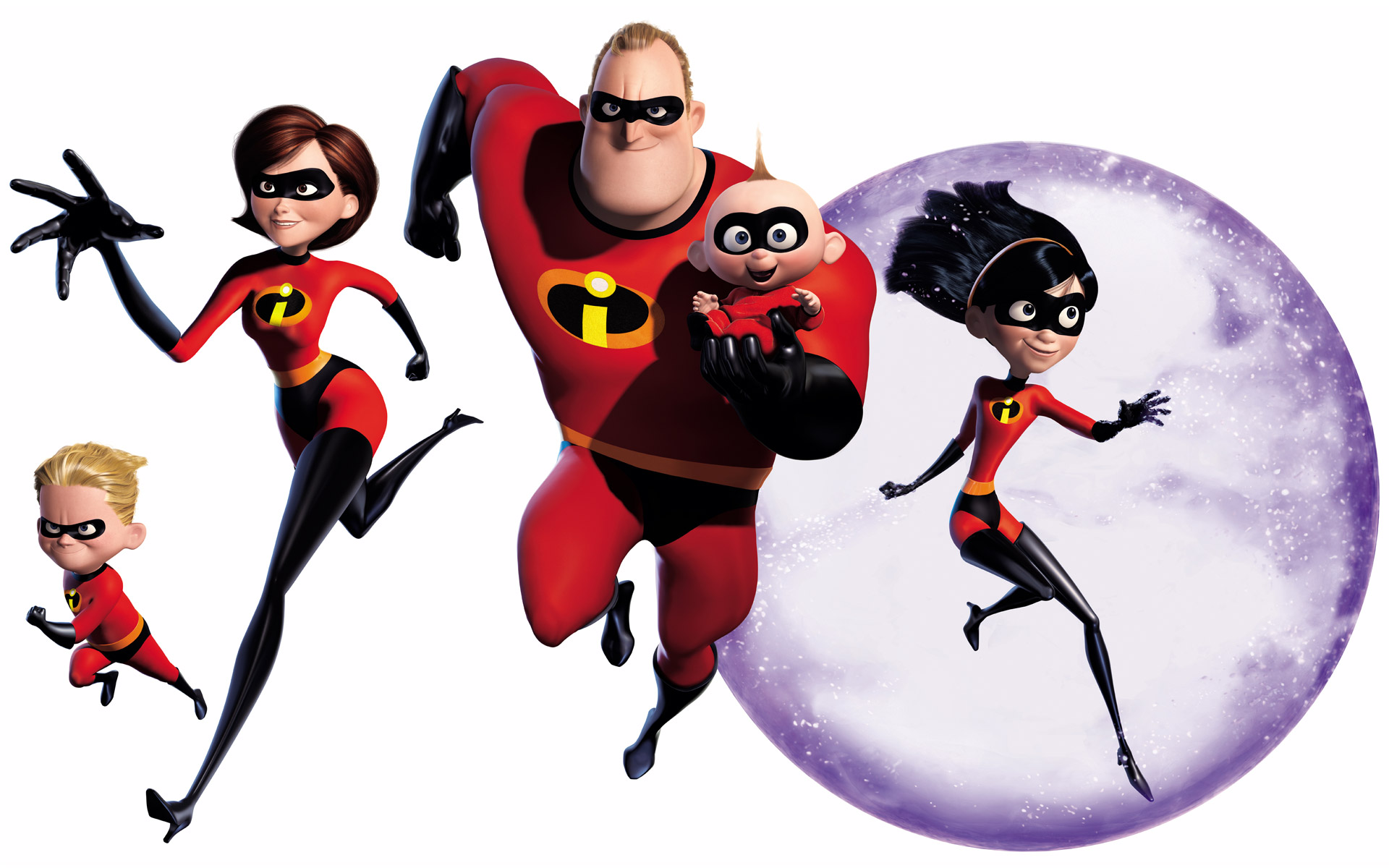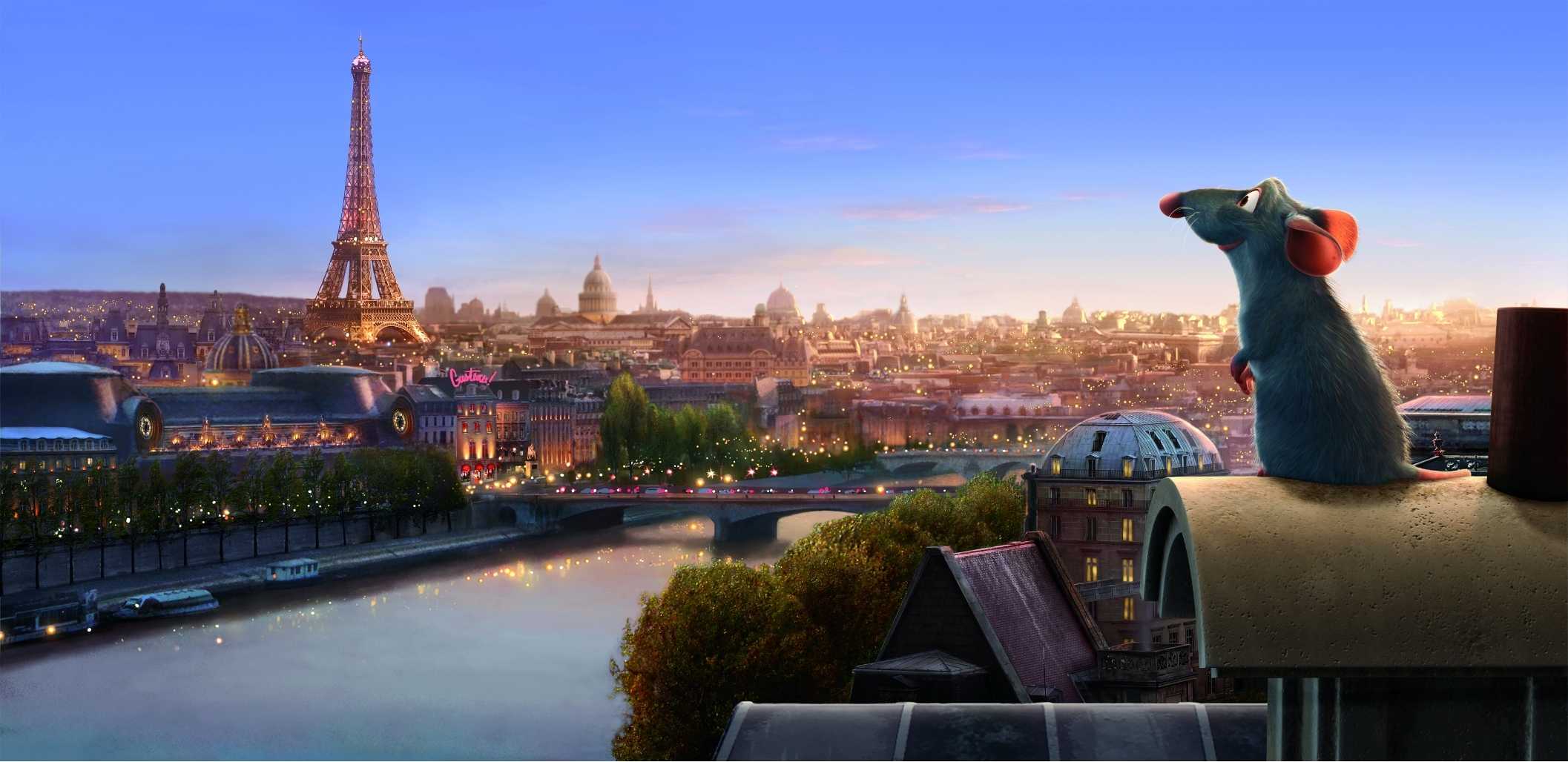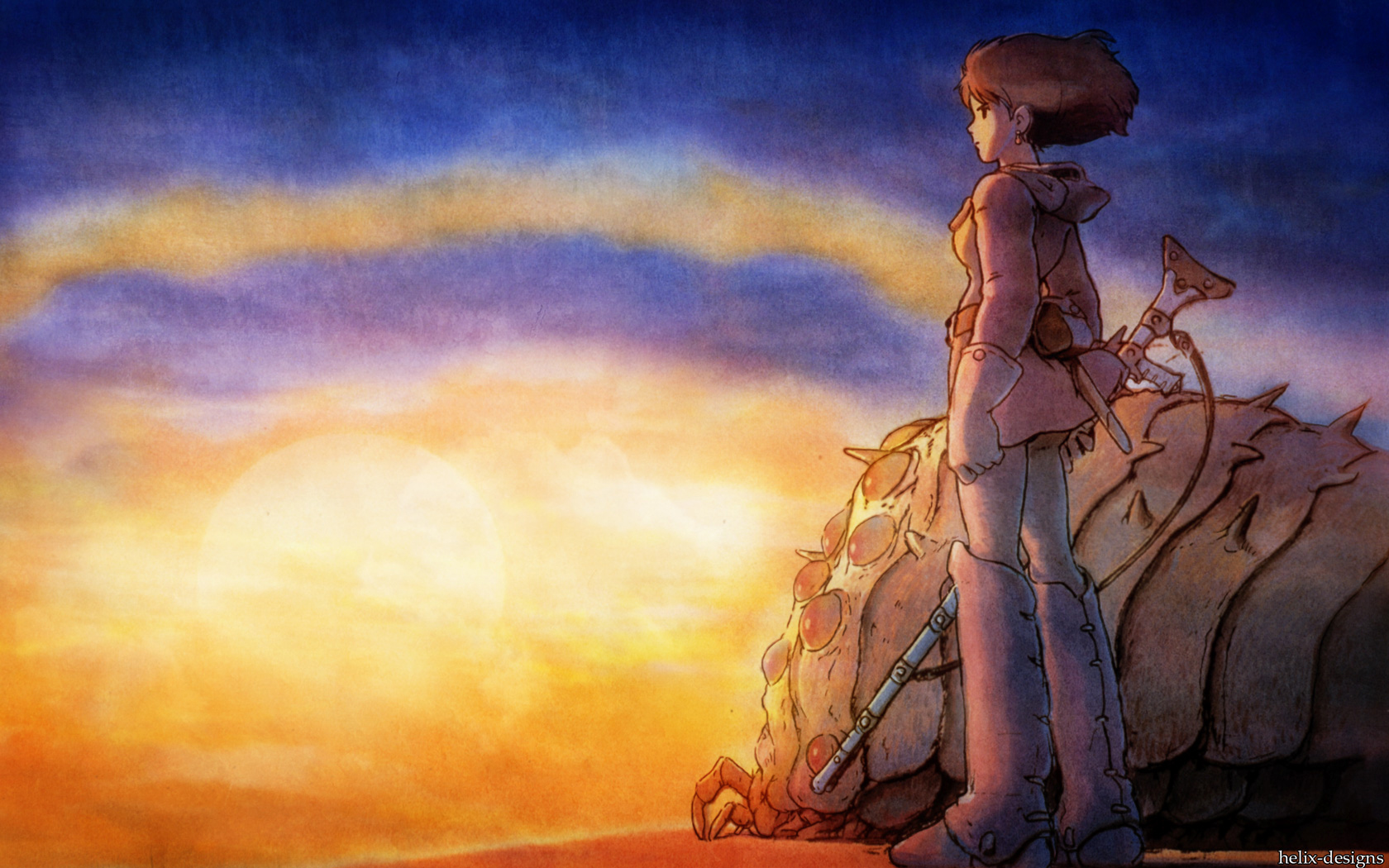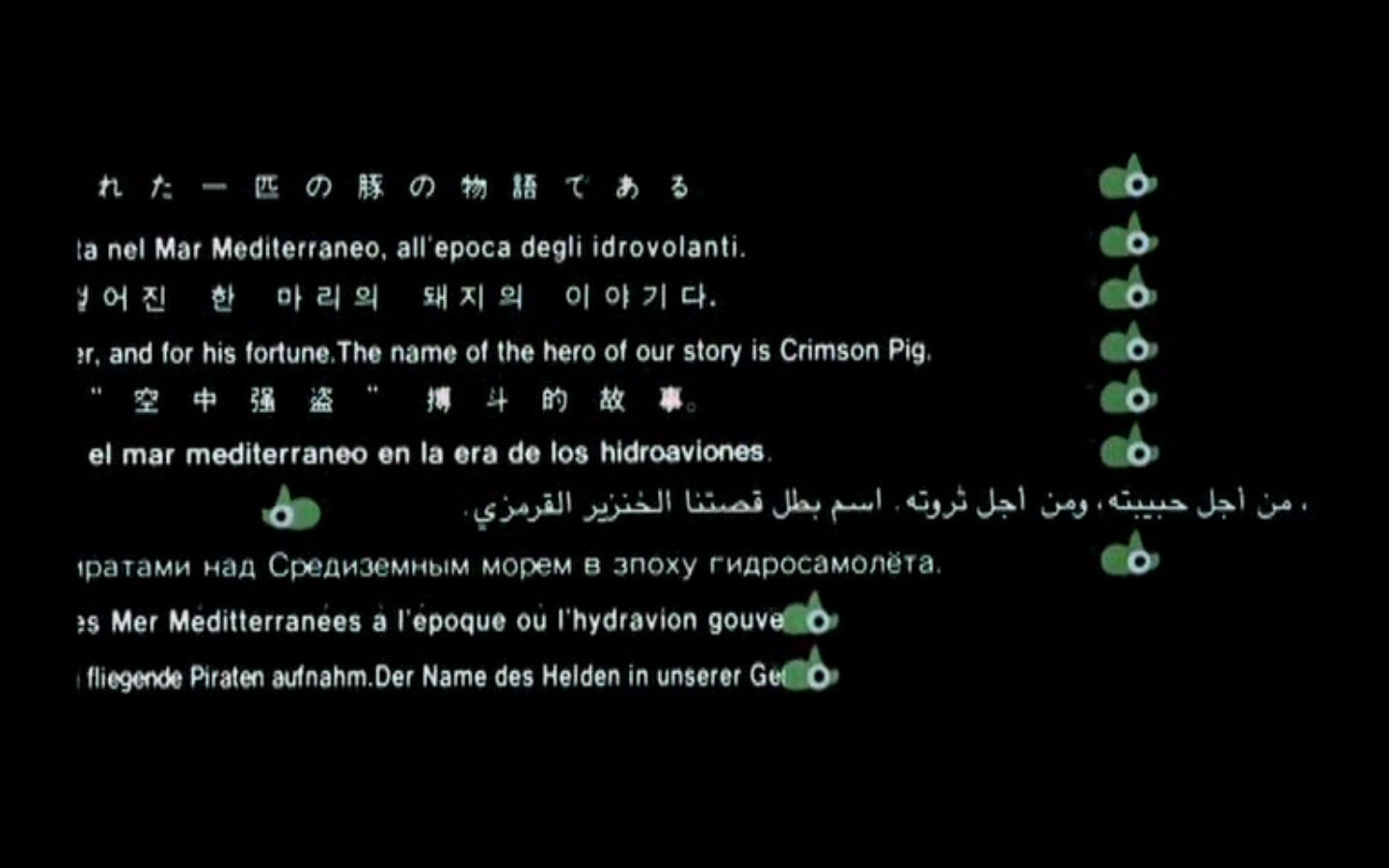It was tough deciding between Nickelodeon, Disney and Cartoon Network for this last post, but I decided to go with the channel that I have stuck through with the longest. And so this final post will be analyzing a small (Well, as small as can be) selection of intros from shows featured in Cartoon Network's "Cartoon Cartoons" segment.
You could say that the openings for these cartoon shows are a little more direct than previous examples I have analyzed, normally a basic intro is given about the main characters and as well as a summary of their story or goals (Which is not often considering how episodic in nature most of these shows tend to be, there being a new adventure in nearly every episode, save for a few exceptions…). At most, it is normally only the title and the name of the creator that will be credited in these intros.
Courage the Cowardly Dog
A horror comedy television series created by John R. Dilworth, the plot centers around a somewhat anthropomorphic pink dog named Courage (Yay, ironic names) who lives with an elderly farming couple, Muriel and Eustace Bagge, in the "Middle of Nowhere". Courage and his owners are frequently thrown into bizarre misadventures, often involving the paranormal/supernatural and various other villains. The show is known for its surreal and often disturbing humor and bizarre plot twists.
A TV news reporter introduces to us in the cheesiest manner our main characters and summarizes what the show is actually about. In this brief intro, we are also given a preview of the variety of villains that poor Courage has to deal with (This preview is updated with each new season). Presenting it as a B horror movie is also a pretty clever and cute gimmick, once again giving us an insight to the horror comedy elements that this show tends to focus on.
Ed, Edd n Eddy
Ed, Edd n Eddy is slapstick comedy created by adult cartoonist Danny Antonucci (Who had actually created this series on a dare), the show follows three adolescent boys who live in a suburban cul-de-sac, whom are constantly inventing schemes to make money from their peers to purchase their favorite confectionary, jawbreakers. Their plans usually fail however, leaving them in various predicaments.
The title sequence was created by the late Paul Boyd, the theme song to the show was originally presented alongside the pitch to the series, creator Danny Antonucci thinking that it would be better than simply showing a couple of drawings. It was inspired by the Bob Crosby and The Big Cats song "Big Noise from Winnetka", which was whistled, something Antonucci enjoyed doing when he was young. The theme song was composed by Patrix Caird, who was also the composer for all the jazzy sounding music used in the series, with Antonucci performing the whistling himself.
The aim for this show's opening is to simply introduce its three main characters, while rather simplistic in its presentation, we get a pretty good insight on what their personalities are like as they mess around with the camera during this really short introduction (They might all have really similar names, but they clearly aren't just three peas in a pod). While we aren't necessarily sure about what adventures these characters tend to go on, we are definitely sure that they will be anything but dull.
Time Squad
A science fiction comedy about a trio of rather hapless "time cops" whose job is to keep history maintained and protect the future, the series has been compared to such shows as Sherman and Mister Peabody and has been considered a mediocre copy of sorts.
In my opinion however, while it definitely was not one of the best shows Cartoon Network had to offer (Ironically, the timing for some of their jokes were pretty off), I still found it to be a decent enough show to watch, much like many other shows and films that tend to twist the accuracy of certain historical events or even mythologies, I feel that it is still able to pique the curiosity of viewers, pushing them to research more into the original sources themselves (And that, to me, is one of the more effective ways to get kids to learn, folks).
Time Squad however definitely follows a more basic format as compared to other cartoon openings, most of the sequence if not all is simply made up of clips from finished episodes (Which changes with each season), and from what I can see has perhaps the shortest opening out of all the shows featured during the Cartoon Cartoons block. Still, despite the fact that there wasn't a more special opening done for the show, this sequence nonetheless does the job it is suppose to, and that is letting us roughly know what the show is about.
Mike, Lu and Og
A comedy and adventure series centering around a young girl from Manhattan that goes by the name of Mike, Mike applies as a foreign exchange student, requesting to be sent to a tropical island. She instead finds herself dumped on a forgotten, scantily mapped island populated by descendants of a British shipwreck, with the castaway having "gone native" and trying to behave like Polynesians, with varying degrees of success. Mike befriends a self-appointed bratty princess named Lu and a boy genius named Og, the trio from then on take part in a variety of adventures as Mike and the island's natives share their customs with one another.
While it is not one of my favorite series, I will admit that props should be given to this show for putting more effort into their title sequence as compared to some other shows. As seen in certain scenes, characters and props are practically separated into scraps of paper instead of being placed together as one whole image, as if the main character had put together a scrapbook of some sort during her stay there.
The earthy colors do go pretty well with the setting of the show, giving the show a surprisingly relaxing atmosphere, and while it is a comedy, I guess I can't imagine this opening being done in a more energetic and zany manner like other comedies, though this is probably because the theme song that was composed for this show already sounds so darn relaxing.
Whatever Happened to Robot Jones?
Created by Greg Miller, the show centers on the titular character Robot Jones, a teenage robot attending a suburban middle school, it is also the 12th series to fall under the Cartoon Cartoons label. The animation technique for this show is different from most American cartoons from the early to mid-2000s, being instead animated in traditional cel animation (Especially during a time when many cartoons had switched to digital ink and paint), it was one of the last cartoons animated dependently with cels, as well as Ed, Edd n Eddy (That however switched to digital ink and paint by the fifth season, around a year after Robot Jones had ended).
The opening sequence of the show in which the main character is assembled in a factory and then inserted into a school bus is a homage to the opening sequence of the 1980s children show You Can't Do That on Television, which starts with a similar animation of children being assembled in a factory and poured into a school bus. Compared to other openings, the animation is notably fast paced and retro looking in appearance (Even more so than Ed, Edd n Eddy, though clearly the style of that show was down with a modern twist), its style bearing some resemblance to Schoolhouse Rock!
Dexter's Laboratory
Created by Genndy Tartakovsky, Dexter's Laboratory was a comedy science fiction television series that follows the exploits of titular character Dexter, a boy genius who has a secret laboratory filled with unbelievable inventions. He constantly battles his sister Dee Dee, who always manages to gain access into his secret lab despite his best efforts to keep her out, as well as his arch-rival and neighbor, Mandark.
Interestingly, the same opening was used until the very end of the show's run (Though the closing credits were changed a couple of times over the seasons, seeing as a different production team took over by season 3, the one shown in the above video was used for season 3 onwards), despite the fact that there was a noticeable change in art style from Season 3 onwards (Seeing that Genndy Tartakovsky had left after working on the hour-long television special Dexter's Laboratory: Ego Trip, which had originally meant to be a conclusion to the show itself after season 2 had ended).
The intro shows the basic formula of the show, establishing that Dexter and Dee Dee were the main stars of the show as well as what would be their running gag and main plot for most of the episodes. I always found the show's theme to be so unique as compared to other shows, as it sounded so much more dark and dramatic, while Dexter's Laboratory may have some dark elements to it (Like any science-fiction show would), I believe there is another reason as to why such a theme was composed for the show… it definitely however makes Dexter seem like a real badass (And there's no denying the fact that he is).
Powerpuff Girls
A superhero action show created by Craig McCracken, the show centers around three girls with superpowers, as well as their creator and "father", Professor Utonium, who all live in the fictional city of Townsville. The girls are frequently called upon by the city's mayor to help fight crime and the forces of evil (I should have just thrown in the lyrics for the end credits… that would summarize this entire show…).
Another considerably classic intro where a narrator introduces our three heroines and their origins, this obviously follows the format of a superhero title sequence (Much like The Incredibles), where the ominous opening is even done in the style of a comic book, with completely blackened out shadows, thick outlines and dynamic colors.
The music also plays a pretty huge part in differentiating the characters of the three girls, while it is pretty epic and exciting for most of the part, Bubble's part of the theme is played with what sort of sounds like a xylophone (Making it sound sweeter and softer than the regular part of the theme, matching her title as the cute one), while an electric guitar rev is heard during Buttercup's part, making it sound louder and in a way, angrier (Which obviously presents her as the hot headed tomboy).
We are then also introduced to the entire cast of villains that the girls all too easily take down within a matter of seconds (And frames), while some of these villains are not as easy to take down in later episodes, it does better establishes that these little girls are most definitely formidable foes that should not be underestimated.
The Grim Adventures of Billy and Mandy
The Grim Adventures of Billy & Mandy is a comedy horror created by Maxwell Atoms that follows the adventures of two children named Billy and Mandy, who after winning a limbo game to save Billy's pet hamster, gains the Grim Reaper as their best friend in eternal servitude and slavery forever and ever.
Billy & Mandy was the more successful spin-off from the two segmented Grim and Evil Show, while Evil Con Carne (The other segment of the original show) had also gotten a separate spin off of its own, it was Billy and Mandy that continued running successfully for seven seasons before finally ending on 2008, while the latter was cancelled, characters from the series would still make guest appearances on the show, with one of them even becoming a recurring character later on.
Being a horror comedy, the sequence expectedly uses a pretty dark and acidic looking color palette (Comprising mainly of shades of green and red) that very well matches the dark tone that the show is obviously aiming for.
Whilst the opening for The Grim and Evil Show had only briefly introduced to us the main characters from both shows (And I mean really briefly), this opening introduces more contents such as the main setting of the show, and its supporting characters and villains (Being presented like animatronics in a scare house). A variety of clips from finished episodes are also thrown into the backgrounds of most scenes, particularly for when character are introduced (Such as Billy and Mandy), giving us a better insight to their personalities. Other than that, the animation for this sequence is notably limited and more graphic-esque in design, with mostly splatter and grainy effects thrown in to create that splatter house look. The camera effects used for this sequence is most possibly done with After Effects and while easy to replicate, does make this opening enjoyable to watch without getting to much animating done for it.
Cow and Chicken
Created by David Feiss, the show follows the surreal adventures of two unlikely yet somehow biological siblings, the sweet-natured but dimwitted anthropomorphic Cow and her cynical elder brother Chicken (Who is unfortunately not all that wise himself), the two are often antagonized by "The Red Guy", who poses as various characters to scam them throughout the show.
Along side a really catchy and upbeat theme song with starting lyrics that don't really make any sense, this show's intro, like many other slapstick cartoons intros, simply introduces the main cast of the show to the audience and well, most definitely the surreal, unbelievably random comedic tone of the show.
I Am Weasel!
Originally a part of the Cow and Chicken show, I Am Weasel became its own successful spin off. Based loosely on the nursery rhyme "Pop Goes the Weasel", the series follows the adventures of I.M. Weasel, an internationally famous, highly intelligent and very talented weasel who is beloved by all, and I.R. Baboon, an ugly and idiotic baboon who is envious about Weasel's success and constantly (And pathetically) attempting to be better than him.
The theme song already gives us a hint as to what the show premise is actually based on, seeing that it is based on the well-known musical version of the rhyme itself. Much like Cow and Chicken's opening, we are once again introduced to the main characters and given a taste of just what this show's humor is going to be like, albeit with more understandable lyrics to go with the scenes that play.
While this series also happens to feature two anthropomorphic creatures, I Am Weasel is surprisingly not as surreal as the show it had originally been a part off (This is perhaps due to the fact that the show actually had an intelligent main character), the plots are actually more comprehensible and in-depth (Yeah, you heard me) as compared to Cow and Chicken, though it definitely still has its moments of randomness and silliness like any good cartoon.
Johnny Bravo
Johnny Bravo was a comedy series created by Van Partible, the show stars a muscular beefcake of a man with a woman-chasing personality, although possessing native cunning, he is intellectually challenged, which in a way makes him represent the male version of the "dumb blonde". Plots normally revolve around him trying to get a woman that he has targeted throughout the episode to fall in love with him, but in the end, he is often beaten up or stunned by his target or companions, or is simply ditched by them.
Another opening that simply focuses on introducing the main character and other important supporting characters, this however remains one of the best and most amusing examples. We are immediately shown how hilariously narcissistic the leading character is, besides throwing himself constantly at the camera (Constantly posing and showing his manly pecs to the audience) his name is presented numerous times in a variety of fonts (Including the one used for the Back to the Future films) throughout the sequence
While the backgrounds are plain, the colors used are funky and bright, allowing the entire sequence to remain appealing without taking the attention away from the character himself, making this a really enjoyable sequence to watch, and as always, a catchy theme always helps.
Sheep in the Big City
Created by Mo Willems, The bulk of the show follows a runaway sheep named Sheep, who starts a new life in "the Big City" after narrowly escaping a Secret Military Organization who attempts to use him for their Sheep-Powered Ray Gun (With a sheep-shaped hole in it), and so for most of the series, the story follows Sheep as he tries to adjust with his new lifestyle while also attempting to avoid the attentions of a host of unwelcome characters, aside from the Secret Military Organization, there is also Farmer John (His original owner), Lisa Rentel and Lady Richington, the aggressive and hateful owner of Swanky the Poodle, his love interest.
Similar to Courage the Cowardly Dog (By having the main character watch his own show), the intro actually starts off with an unrelated clip, which Sheep, who was watching it all along, soon enough changes with his remote control to the opening sequence. This already hints us in about the show's unique format and unusual characteristics, where the main story is divided into three chapters, with fake commercials being shown in between them. (And don't get me started on how often the forth wall is broken in this show…)
During the opening sequence, the animation has a notably contemporary look to it (To go with the character designs), various blobs and geometric shapes are used throughout the sequence instead of detailed backgrounds, with rather surreal transitions used throughout when introducing other characters or shifting to another setting.
Sheep in the Big City always seemed surprisingly 'classy' as compared to other slapstick cartoons at that time, in terms of humor and style, it was especially more popular with older audiences (For some reason the literal humor apparently wasn't the younger audiences' cup of tea). And if that is not enough, its jazzy score most definitely adds to that sophistication that it already possesses.
Samurai Jack
While Samurai Jack was not a part of the Cartoon Cartoons block, I feel that it deserves a special mention nonetheless, unlike other cartoons, the show had a much more serious tone to it and was definitely less episodic as compared to other Cartoon Network shows, the goal of the main character is already established in this intro (Narrated by the show's antagonist Aku, who is also voiced by the late Mako Iwamatsu).
The intro mixes together a series of really cinematic images (To tell the beginning of the story) as well as a montage of scenes specially done for the intro and existing scenes from finished episodes. Known for focusing on a wide variety of genres, the show was nonetheless able to effectively show just how crazy and alien the future is for the main character, without giving away too much, making it the perfect little sampler to the real show itself.
What is especially interesting are the two contrasting scenes in the sequence, as mentioned before, the beginning that was narrated by Aku is done in a much more traditional manner, paying homage to chanbara films, with traditional instruments playing in the background, and the series of images shown, stylized in a manner similar to japanese and chinese paintings. Later on during the second half of the sequence where Jack has been sent to the future, the scenes become far more action packed, the montages giving us a preview of the epic fighting scenes that are prominent throughout the show, the music as well having switched to a modern rap beat, again showing how widely varied this show was.
currentVote
noRating
noWeight




















































































